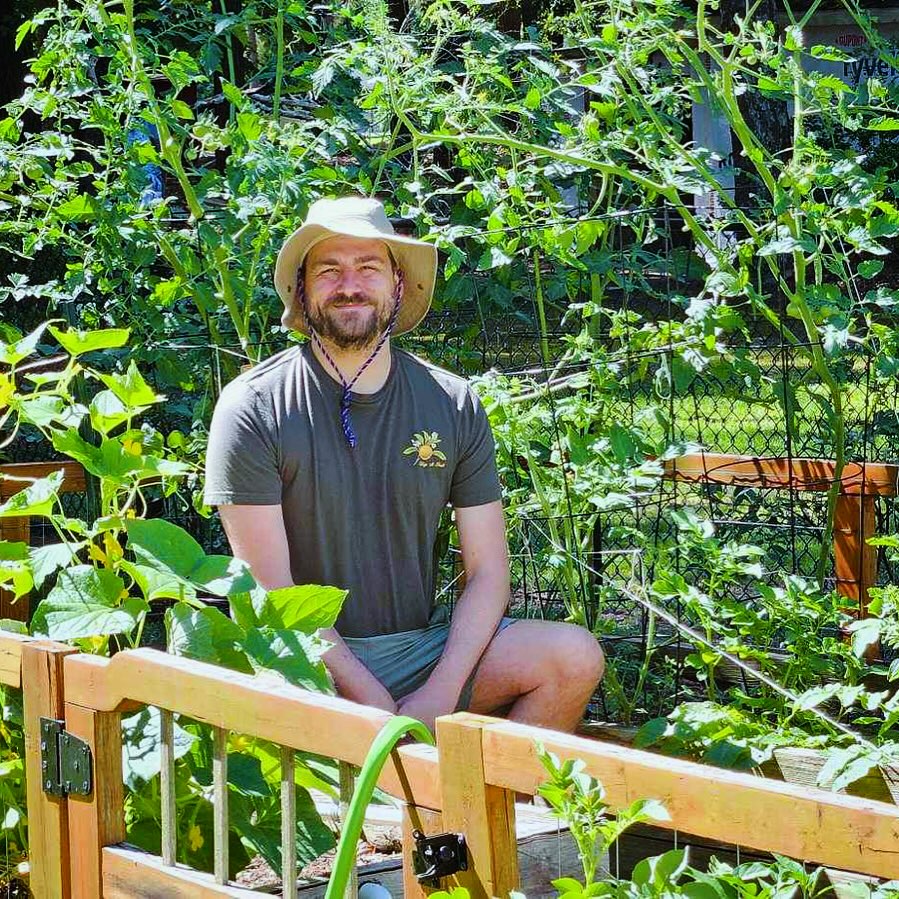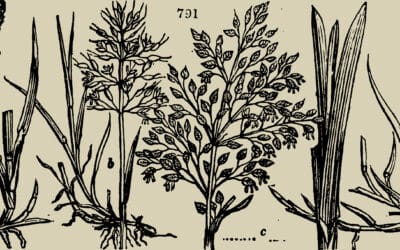Gardening is an art and science that combines patience and knowledge. Yet, even the most dedicated gardeners can face the frustrating issue of plants that wither despite all efforts.
The problem often lies not in the plants but in the soil itself—a complex medium that can make or break your garden. The solution? Soil testing.
This important step works to explain your garden’s soil conditions, offering an outline for amendment and enrichment.
By understanding what your soil lacks or has in excess, you can create your gardening strategies for healthy growth.
TL;DR
We aim to:
- Highlight soil testing as an important tool for unveiling soil’s pH level, nutrient content, and overall health, essential for plant growth.
- Discuss the impact of soil’s acidity or alkalinity on nutrient availability and plant health, stressing the importance of soil testing for garden optimization.
- Explore the complete insights soil testing provides, including soil structure, organic matter content, and potential contaminants.
- Emphasize soil testing as a diagnostic tool that enables gardeners to make informed decisions for targeted soil amendments.
- Advocate for regular soil testing as a practice for maintaining a vibrant, productive, and sustainable garden ecosystem.
Why Soil Testing is Essential
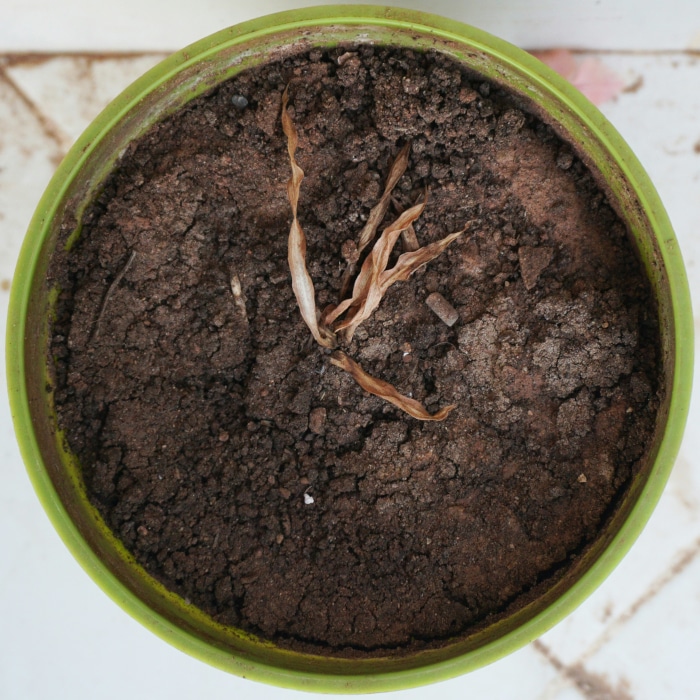
A dried-out plant rests atop cracked earth in a pot, suggesting a need for soil testing to determine water retention issues.
Understanding the essence of soil testing is like unlocking the secrets of a hidden treasure beneath your garden.
It’s not just about determining the soil’s pH level or nutrient content; it is about uncovering a total profile of your garden’s foundation, which is important for plant health and sustainable growth.
The necessity of soil testing comes from the soil’s complex nature. Soil isn’t just a support system for plants; it’s a dynamic, living ecosystem that plays an important role in the growth and development of your garden.
The pH level of your soil, for example, affects the availability of nutrients to plants. A soil that’s too acidic or too alkaline can slow down the absorption of essential nutrients, basically starving your plants regardless of the amount of fertilizer you apply.
This imbalance can lead to poor plant health, reduced yield, and ultimately, a garden that falls short of its potential.
Moreover, soil testing goes beyond pH and nutrient analysis. It provides insights into the soil’s structure, organic matter content, and even potential contaminants.
Each of these factors plays a pivotal role in plant health. For instance, compacted soil can restrict root growth, while insufficient organic matter can affect soil fertility and water retention.
By identifying these issues through soil testing, you can take targeted actions to fix your soil, making sure it provides the optimal environment for your plants to thrive.
Soil testing is essentially a diagnostic tool that empowers gardeners to make informed decisions. It helps create gardening practices to the specific needs of your soil, leading to healthier plants, better harvests, and a more sustainable garden ecosystem.
Whether you’re dealing with persistent issues like nutrient deficiencies or pH imbalances, or you’re simply hoping for a more productive garden, soil testing is a great way to make sure your plants grow successfully.
By adding regular soil testing into your gardening routine, you can transform your approach to gardening. It allows you to address problems before they become visible in your plants and helps you maintain a garden that not only looks beautiful but is also ecologically balanced.
Types of Soil Tests
Several tests can inform you of your soil’s condition. The soil pH tester measures acidity or alkalinity, necessary for nutrient availability.
A soil moisture meter assesses water content, needed for preventing over or under-watering. The Soil Compaction Test and Soil Permeability Test provide information on aeration and drainage, while the Soil Salinity Test checks for salt content that could slow down plant growth.
Soil Texture Analysis and Soil Nutrient Analysis complete the rest of the choices, offering a complete view of your soil’s physical composition and chemical makeup.
DIY Soil Testing vs. Professional Analysis
Choosing between DIY soil testing and professional analysis depends on your needs. Home kits offer a quick view, suitable for general guidance. For a detailed report, professional services search deeper, providing precise recommendations for amendments.
Through my own experience, starting with a DIY kit provided immediate insights, but meeting with a professional revealed specific deficiencies in nutrients like calcium and magnesium, guiding me to the exact amendments my garden needed.
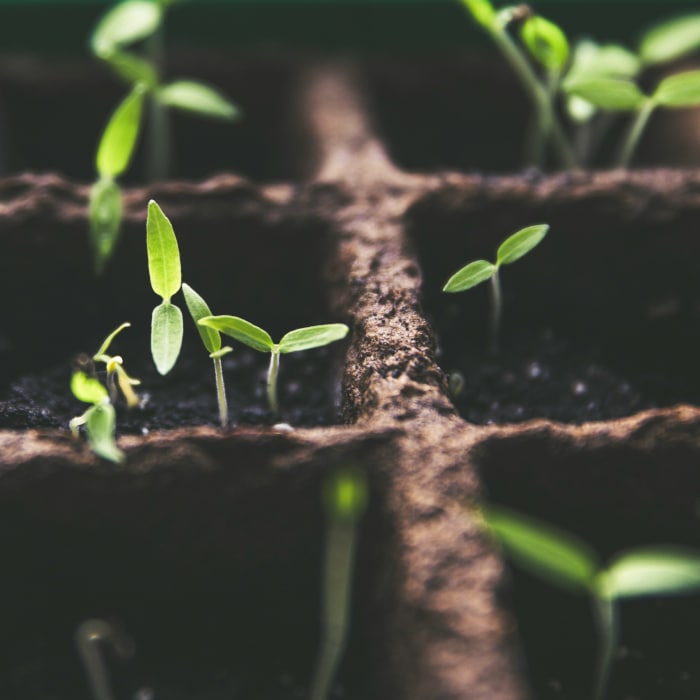
Healthy young seedlings emerge from rich, dark soil in biodegradable pots, indicating early growth stages that benefit from soil testing for nutrient levels.
Interpreting Soil Test Results
Understanding soil test results is like reading a garden’s diary. It tells you what your soil has and what it’s missing.
Learning to interpret these results can transform your approach to gardening, allowing you to adjust pH levels, enrich the soil with needed nutrients, and enhance its structure for optimum plant health.
Amending Your Soil Based on Test Results
Armed with your soil’s diagnostics, you can begin the rewarding work of amending your garden. Lime can adjust an acidic soil’s pH, while sulfur may be needed for overly alkaline conditions.
Organic matter, like compost, can improve soil structure and nutrient content, breathing new life into your garden beds.
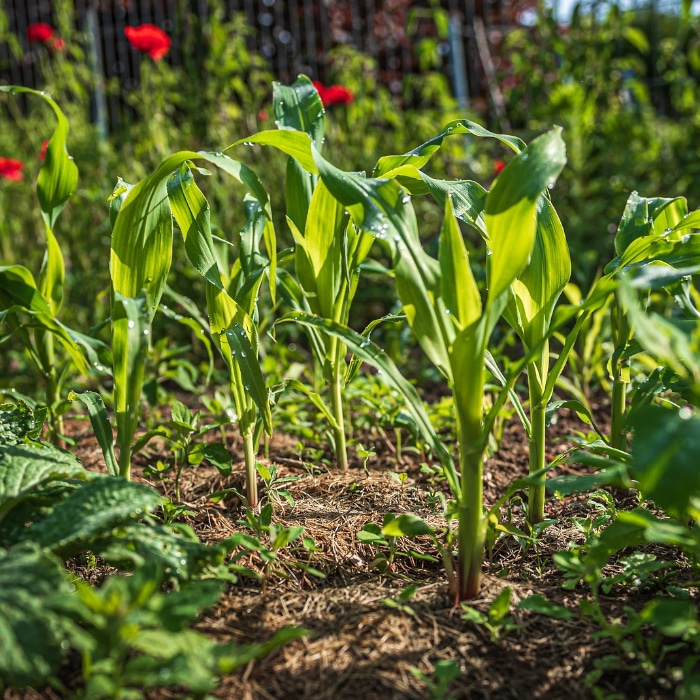
Healthy corn plants stand tall in well-maintained soil with ample spacing, an example where soil testing could provide optimal nutrient and pH levels for continued growth.
Regular Soil Testing: When and How Often
Consistency in soil testing can show changes over time, helping your ongoing soil management strategies.
Testing annually, or with each new planting season, ensures that your amendments have the wanted effect and that your soil continues to support vibrant plant life.
Conclusion
Soil testing is not just a task but proof of successful gardening. It empowers gardeners with knowledge, enabling us to create nurturing environments for our plants.
Whether you’re troubleshooting issues or planning a new garden plot, soil testing lays the foundation for a thriving garden. Embrace the practice, and let the secrets of your soil guide you to gardening success.
By prioritizing soil health through testing and amendments, we not only enhance our gardens but contribute to a more sustainable ecosystem right in our backyards.



